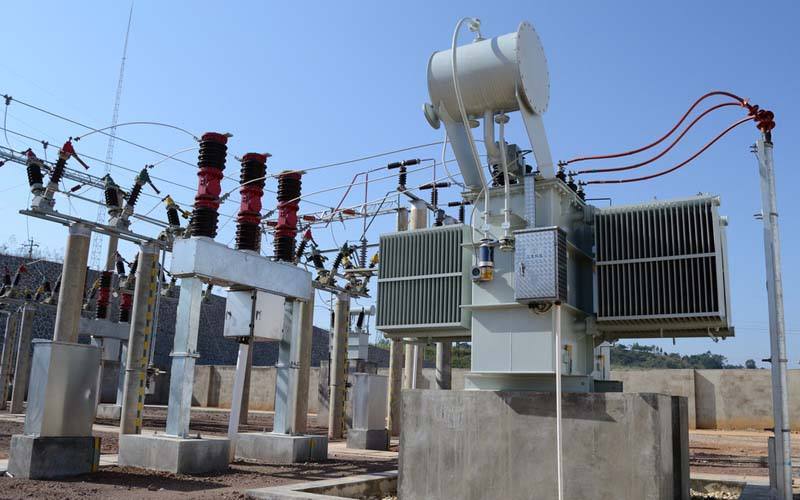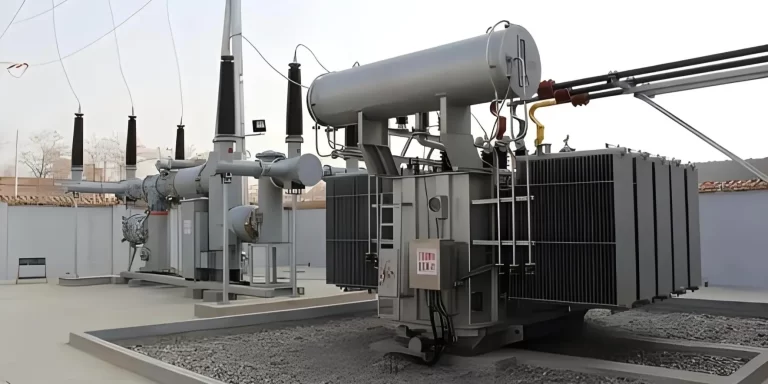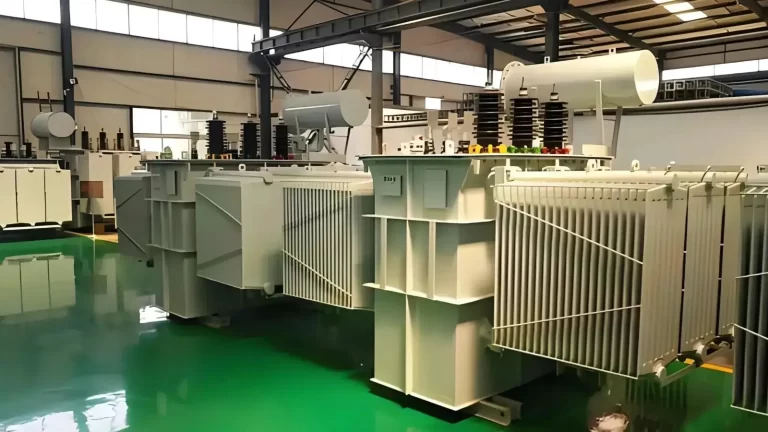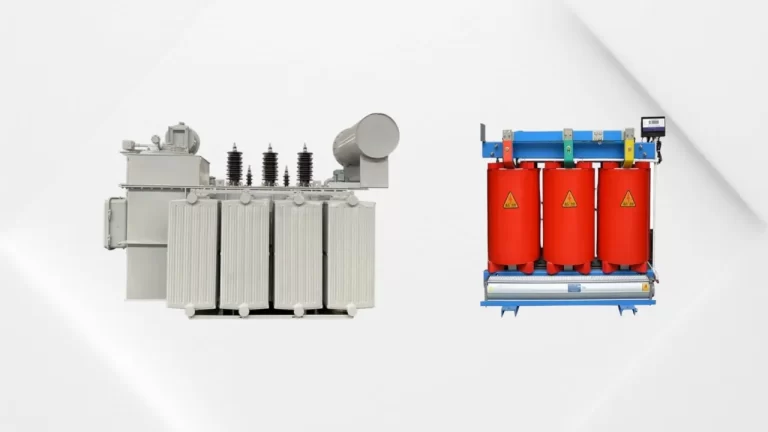Transformers are an essential component of the electrical power system, responsible for the efficient transmission and distribution of electricity. They play a crucial role in stepping up or stepping down the voltage levels, allowing electricity to be transmitted over long distances and utilized in various applications. One fascinating aspect of transformers is that the power remains constant throughout the process. But why is power constant in a transformer? Let’s delve into the physics behind it.

Table of Contents
Understanding Power in Transformers
To comprehend why power is constant in a transformer, we need to grasp the concept of power itself. Power is the rate at which energy is transferred or converted. In an electrical system, power is the product of voltage and current. It is measured in watts (W) and is a fundamental parameter in determining the efficiency and performance of a transformer.
The Principle of Energy Conservation
The constancy of power in a transformer is rooted in the principle of energy conservation. According to this principle, energy cannot be created or destroyed; it can only be converted from one form to another. In a transformer, the input power must be equal to the output power, ensuring that energy is conserved throughout the transformation process.
The Ideal Transformer Model
To better understand the constancy of power in a transformer, let’s consider the ideal transformer model. In an ideal transformer, there are no losses, and the transformer operates at 100% efficiency. This model allows us to simplify the analysis and focus solely on the fundamental principles.
Voltage and Current Relationship
In a transformer, the primary and secondary windings are connected by a magnetic core. The primary winding receives the input voltage, while the secondary winding delivers the output voltage. According to Faraday’s law of electromagnetic induction, a changing magnetic field induces a voltage in a coil. As a result, when the primary voltage varies, it creates a changing magnetic field, which induces a voltage in the secondary winding.
The Turns Ratio
The turns ratio of a transformer determines the relationship between the primary and secondary voltages. It is defined as the ratio of the number of turns in the primary winding to the number of turns in the secondary winding. The turns ratio directly affects the voltage transformation in a transformer.
Power Conservation
Since power is the product of voltage and current, any change in voltage must be accompanied by a proportional change in current to maintain power conservation. In a step-up transformer, where the secondary voltage is higher than the primary voltage, the turns ratio is greater than 1. Consequently, the secondary current decreases to compensate for the increased voltage, ensuring that power remains constant.
Efficiency Considerations
While the ideal transformer model assumes 100% efficiency, real-world transformers have losses due to factors such as resistance, hysteresis, and eddy currents. These losses result in a slight decrease in output power compared to the input power. However, the power conservation principle still holds, and the power difference is dissipated as heat.
Conclusion
In conclusion, the constancy of power in a transformer is a fundamental principle rooted in the conservation of energy. The turns ratio and the relationship between voltage and current ensure that power remains constant throughout the transformation process. Understanding this concept is crucial for engineers and technicians working with transformers, as it enables them to design and operate efficient electrical power systems.
Reference:
Why Does the Power Remain Constant in a Transformer?





